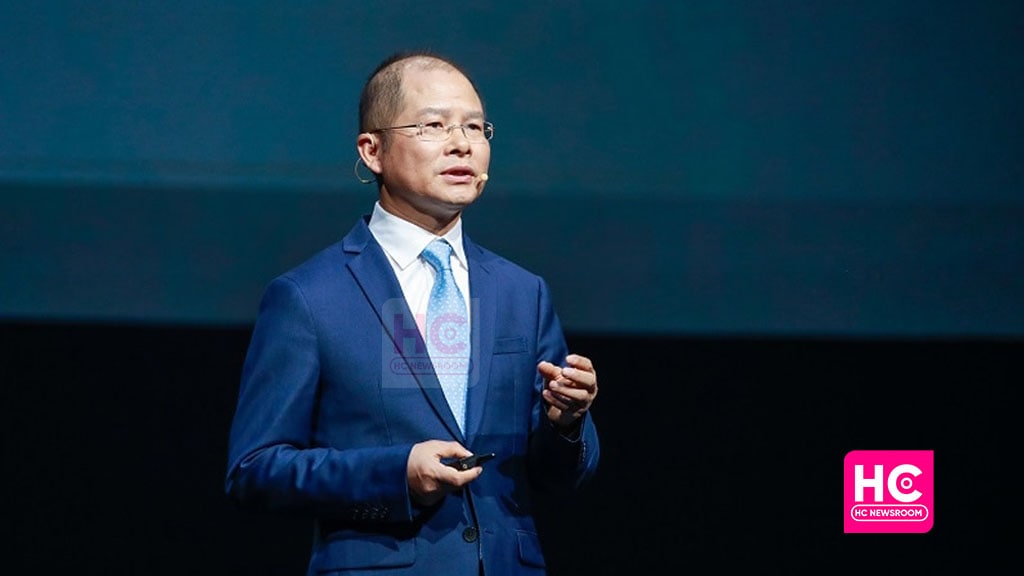News
Huawei fiber-optic broadband is upgraded to 10 gigabit

Huawei Rotating Chairman, Xu Zhijun announced that the bandwidth of fiber to the home (FTTH) broadband has been upgraded to from gigabit to 10 Gigabit. As of now, the operators are working to upgrade their broadband networks to 10G passive optical networks (PON). So, more users can enjoy a gigabit ultra-broadband experience.
By the end of November 2022, the total gigabit users in China surpassed 87 million, which accounts for over 16 percent of the total number of broadband users. Simultaneously, 50G PON will be released in 2023.
According to the ongoing schedule, FTTR penetration is expected to reach 8 percent in 2025 and 31 percent in 2030. Huawei’s chief told that the company could take a big step, which is to try and bring this new user experience to each family.

The head of Huawei said that the new applications bring high requirements through output and delay, while the popularity of new applications will gradually increase.
At the 2022 Mobile World Congress (MWC), Huawei launched innovative gigabit fiber-to-the-room (FTTR) solutions. The solutions extend fibers to every room and aim to build an all-optical base for smart homes and digital enterprises, enabling gigabit Wi-Fi 6 coverage in each room and creating a brand-new digital life experience.






